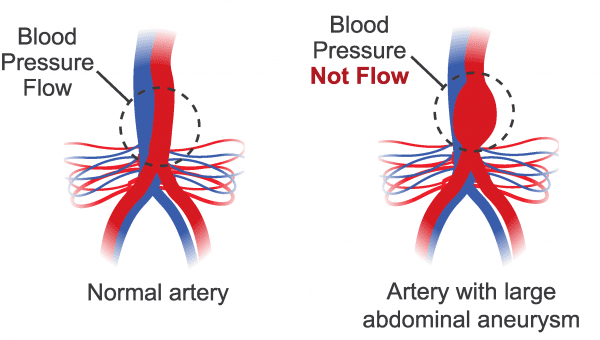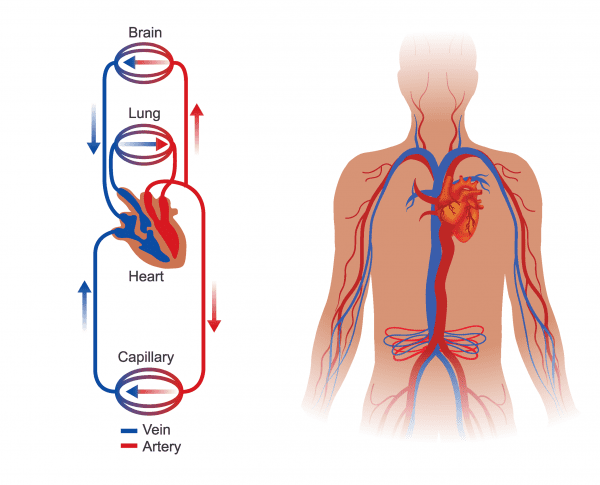Urban Extension

Hypertension (high blood pressure) puts people at increased risk for developing heart disease, including heart attacks and strokes. According to the American Heart Association, heart disease is a leading cause of death for Americans, so managing blood pressure is critical to improving overall heart health.
Today, one in three adults in America has hypertension. Being young doesn’t prevent people from having high blood pressure, though. In fact, one in four young adults aged 20-44 has hypertension. This causes harm to hearts, as well as eyes, kidneys, and brains. The Alabama Department of Public Health further reports that 21.1 percent of individuals aged 18-44 in the state have high blood pressure. Among persons aged 45-64 the rate is 53.1 percent, while 67.3 percent of adults age 65 and older are hypertensive.
High blood pressure is often called “the silent killer” because it has no obvious signs. Approximately 11 million people in the United States are unaware they have high blood pressure and therefore, are not receiving treatment. Checking blood pressure often and discussing risks with physician are vital to managing blood pressure.
Blood Pressure Readings
Blood pressure is measured with two numbers, the systolic (upper number) and the diastolic (lower number), such as 120/80. A normal blood pressure is less than 120 for the upper number, and less than 80 for the lower number. Your physician will determine high blood pressure with a reading of 130-139/80-89. The chart below can help you understand your blood pressure readings.
Human Blood Pressure
Heart: pumps blood through the blood vessels of the circulatory system. Blood pressure is the pressure exerted on the artery walls by circulating blood
- People with high blood pressure are said to have hypertension
- People with low blood pressure are said to have hypotension

Illustration 1: Normal artery depicting even blood pressure flow. Illustration 2: Artery with large abdominal aneurysm emphasizing a bulging area where blood pressure is NOT flowing.

Illustration 1: Vein and Artery circulations from the heart to the brain, lungs, and capillaries. Illustration 2: Veins and arteries circulating through a human torso and arms.
Human Blood Pressure
| Blood Pressure Category | Systolic (Upper) mm Hg | Diastolic (Lower) mm Hg |
|---|---|---|
| Normal | Less than 120 | Less than 80 |
| Prehypertension | 120-139 | 80-89 |
| High Blood Pressure Stage 1 | 140-159 | 90-99 |
| High Blood Pressure Stage 2 | 160 or higher | 100 or higher |
| High Blood Pressure Stage 3. EMERGENCY CARE NEEDED | 180 and over | Higher than 110 |
Managing Hypertension
You can manage your blood pressure and reduce your chance of developing hypertension by making several lifestyle changes.
- Visit your physician regularly. Discuss blood pressure readings and develop a management plan that includes maintaining a healthy weight and smoking cessation.
- Eat meals and snacks that are low in salt. Eat a variety of fruits, vegetables, and whole grains.
- Engage in regular physical activity. Adults should set a goal of 30 minutes of moderately intense activity at least five days a week, like dancing, water aerobics, a brisk walk, or bicycling.
- Manage stress. Exercising, reducing commitments, relaxing throughout the day, and practicing gratitude, are some examples to manage stress.
More Information
Visit the American Heart Association to learn more about managing hypertension and improving heart health.
Access the following information from Alabama Extension to learn more about healthy living.

